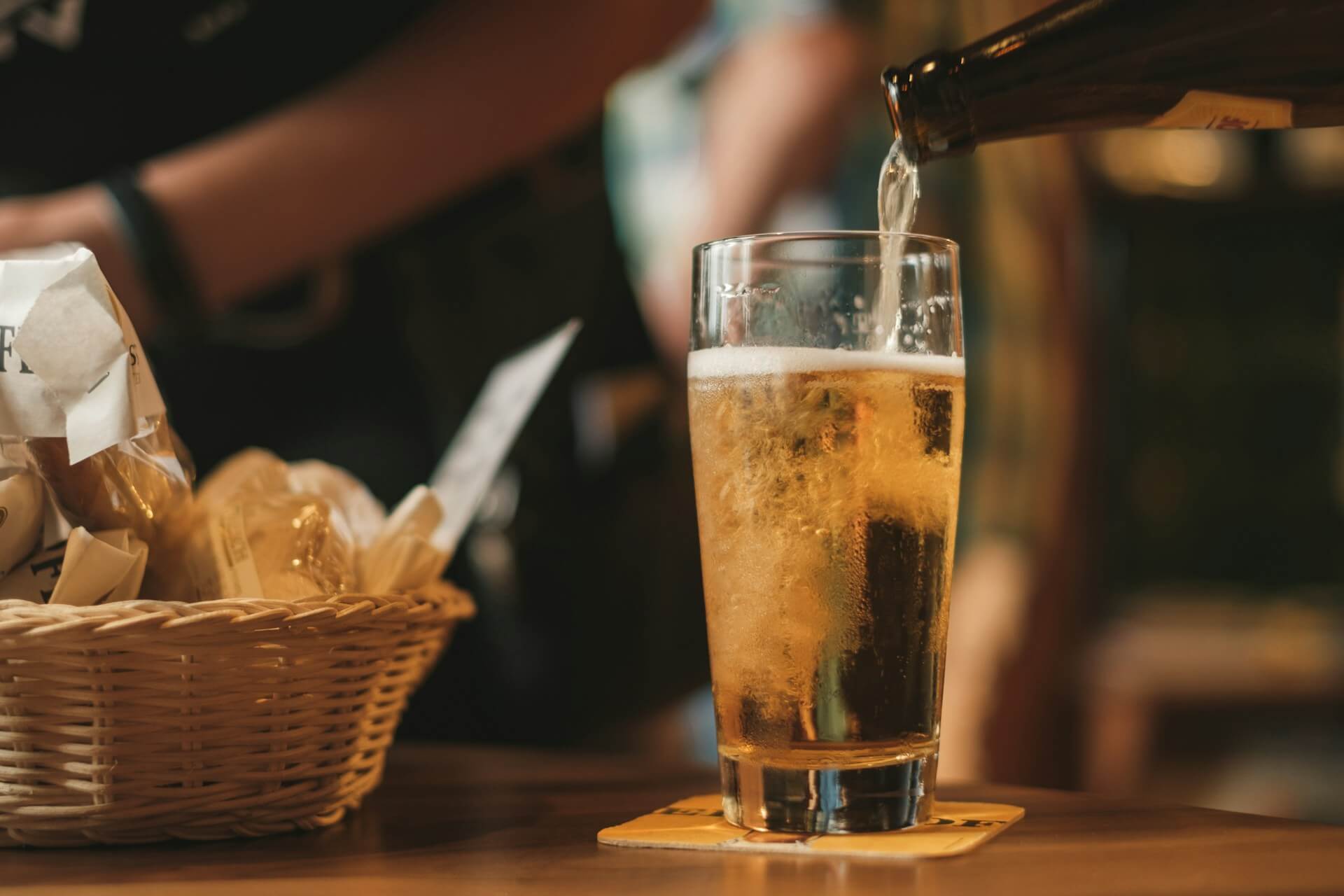Beer is as diverse as the people who drink it and perhaps more. Each beer style has its vibrant history, distinctive flavor profile, and ideal serving conditions that enthusiasts should understand and appreciate. Below are a few examples of beers and the nuances that make them special.
Lagers – The Cool-Headed Classics
Lagers, historically brewed in cold conditions, exhibit a refreshing, clean taste that’s often mistaken for simplicity. A true lager fan knows that within this seemingly straightforward style, there’s a world of variations, from the delicate floral notes of a Czech pilsner to the malty richness of a bock. Understanding the differences in the brewing process and ingredients will help you better appreciate what makes each lager unique.
Ales – Warm Fermentations, Warm Receptions
Ales, brewed at warmer temperatures, encompasses much of the craft beer revolution due to their diversity and complexity. Stouts, porters, and ales span the spectrum of flavors, offering rich notes of chocolate, coffee, and spices, to name a few. Exploring the range of ales means knowing the individual characteristics that set these brews apart, such as the hop-forwardness of an IPA or the balanced, toasty flavors of an amber ale.
Specialty Styles – The Adventurous Options
Beyond the classic lager and ale categories lie the specialty styles of beers that often push the boundaries of tradition. Whether it’s the fruity, tart profile of a Berliner Weisse or the smoky essence of a rauchbier, these beers are a delight to consume but a testament to the innovative spirit of craft brewing. By learning about these niche styles, you’ll be prepared to savor the unexpected and broaden your palate.
Mastering the Art of Beer Tasting
Much like wine, beer tasting is an art form that involves more than quenching your thirst. It’s about engaging all your senses to fully appreciate what’s in the glass. The following section will detail how to host a beer tasting, what to look for in each sample, and how to articulate your findings.
The Setup
An intimate beer tasting can be as simple as a flight of beers with a few friends or as elaborate as a structured brewery tour. Decide on the number of beers to sample and ensure they’re served at the correct temperature and in the proper glassware. This attention to detail will guarantee that each beer can be enjoyed at its best.
The Five Senses of Beer
Tasting beer isn’t just about the flavors; it’s a multi-sensory experience. Here’s an overview of how to engage each of your senses:
- Sight: Observe the color, clarity, and the head (foam) of the beer. This can tell you about the beer’s ingredients and brewing process.
- Smell: Gently swirl the beer to release its aromas and take a few short and quick sniffs. Pay attention to any hops, malt, yeast, or unique scents, like fruit or spices.
- Taste: When tasting, take a small sip and allow it to coat your tongue. Notice the flavors, the bitterness, and any sweetness or acidity. Is the taste consistent or does it change?
- Touch: Consider the mouthfeel, which is the sensation of the beer in your mouth. Is it light or heavy-bodied? Is it highly carbonated or smooth?
- Sound: While not a common practice, the carbonation bubbles can give you an idea of the beer’s effervescence.
Describing Beer
Articulating the different facets of a beer’s composition can enhance your understanding and enjoyment. Pay attention to the color and clarity of the beer along with its aroma, flavor, and mouthfeel. Use a flavor wheel or database to help identify and name the attributes you’re experiencing, and don’t be afraid to share your thoughts with other tasters to compare notes.
The Science of Brewing
To truly understand and appreciate beer, one must comprehend the intricate science behind its creation. The brewing process is a delicate blend of art and science, each step crucial to the final product. Here, we’ll touch on the key components of brewing and how they contribute to different beer styles.
The Four Main Ingredients
Beer is famously simple, composed of just four main ingredients malt, hops, yeast, and water. Each ingredient plays a critical role in the brewing process and contributes to the taste, aroma, and body of the beer.
- Malt: The sweet, sugary center of beer, providing the fermentable sugars that yeast will convert into alcohol and carbon dioxide. Malted barley is the most common form, but wheat, rye, and other grains can also be used.
- Hops: The counterpoint to malt’s sweetness, hops add bitterness to balance out the beer. They also contribute floral, herbal, or citrus aromas and flavors, depending on the variety and when they’re added to the brew.
- Yeast: The unsung hero, yeast ferments the sugars, creating alcohol and CO2 as byproducts. Different strains of yeast can produce different complexities in flavor and aroma.
- Water: Often the overlooked ingredient, water’s mineral content can affect the taste and mouthfeel of the beer. Some regions’ water is famed for the beers it produces, such as the soft water of Pilsen for pilsners.
The Brewing Process
From mashing and lautering to boiling, fermenting, conditioning, and packaging, each stage of the brewing process influences the final product. For example, the boil’s length and the hop additions’ timing will dictate the beer’s bitterness and aroma. Exploring how these processes vary across beer styles can help you appreciate the effort that goes into making each unique brew.
Pairing Beer with Food
What’s better than enjoying a well-crafted beer on its own? Pairing it with a delicious dish that complements its flavor profile, of course! Beer and food pairing is an enjoyable way to enhance both your culinary and brewing experiences.
The Basics of Pairing
The most successful beer pairings consider the strength and body of the beer the flavors and the intensity of the food. Lighter beers like pilsners and lagers work well with lighter fare such as salads and seafood, while the robustness of stouts and porters can stand up to hearty stews and rich desserts. Look for themes that can harmonize, such as matching the smoky notes of a porter with barbeque or the citrusy hops of an IPA with a spicy curry.
Experimentation and Creativity
The best pairings often come from experimentation and an open mind. Consider how contrasting flavors can also work together for instance, the sweetness of a malt-forward beer can balance the heat of spicy dishes. Don’t be afraid to try out unconventional combinations; you might discover a new favorite pairing that’s uniquely satisfying.
The Future of Beer
Lastly, as we look to the future of beer, it’s clear that the industry is constantly evolving. The rise of craft breweries, the introduction of new styles, and the growing popularity of homebrewing all point to a continued fascination with this ancient beverage. Staying informed and involved in the beer community, whether through local beer tastings, homebrewing clubs, or online forums, will keep your passion for beer alive and your knowledge current.
In conclusion, by immersing yourself in the world of beer, you open yourself up to a lifetime of learning and enjoyment. From the historical significance of traditional brews to the bold experimentation of modern craft beers, there’s always something new to discover and appreciate. Take these insights to heart, and your next pint will not only be a refreshing drink but also a gateway to a richer sensory experience and a deeper connection to the culture of brewing. Cheers to your continued exploration of the world’s favorite drink!



Leave a Comment